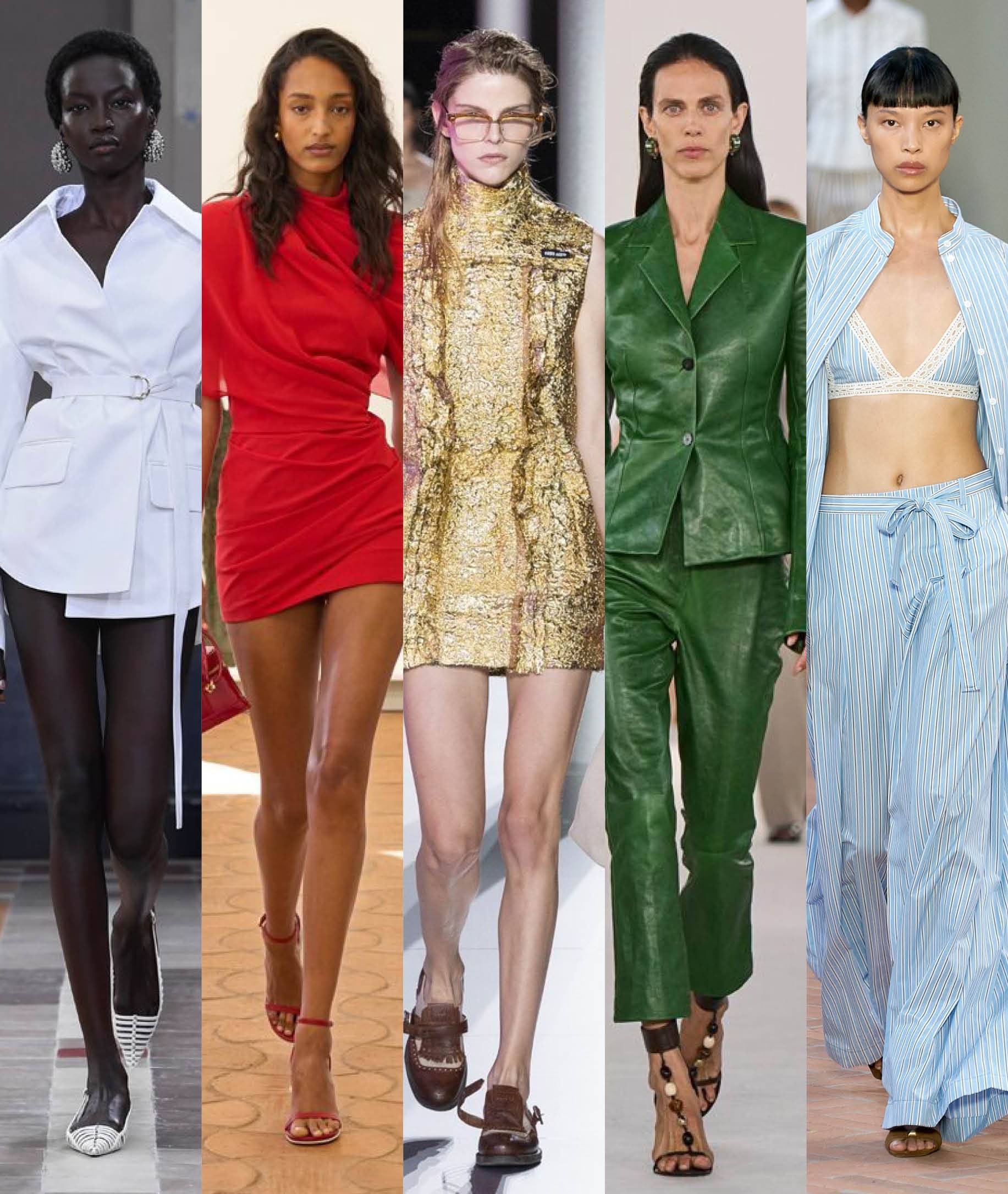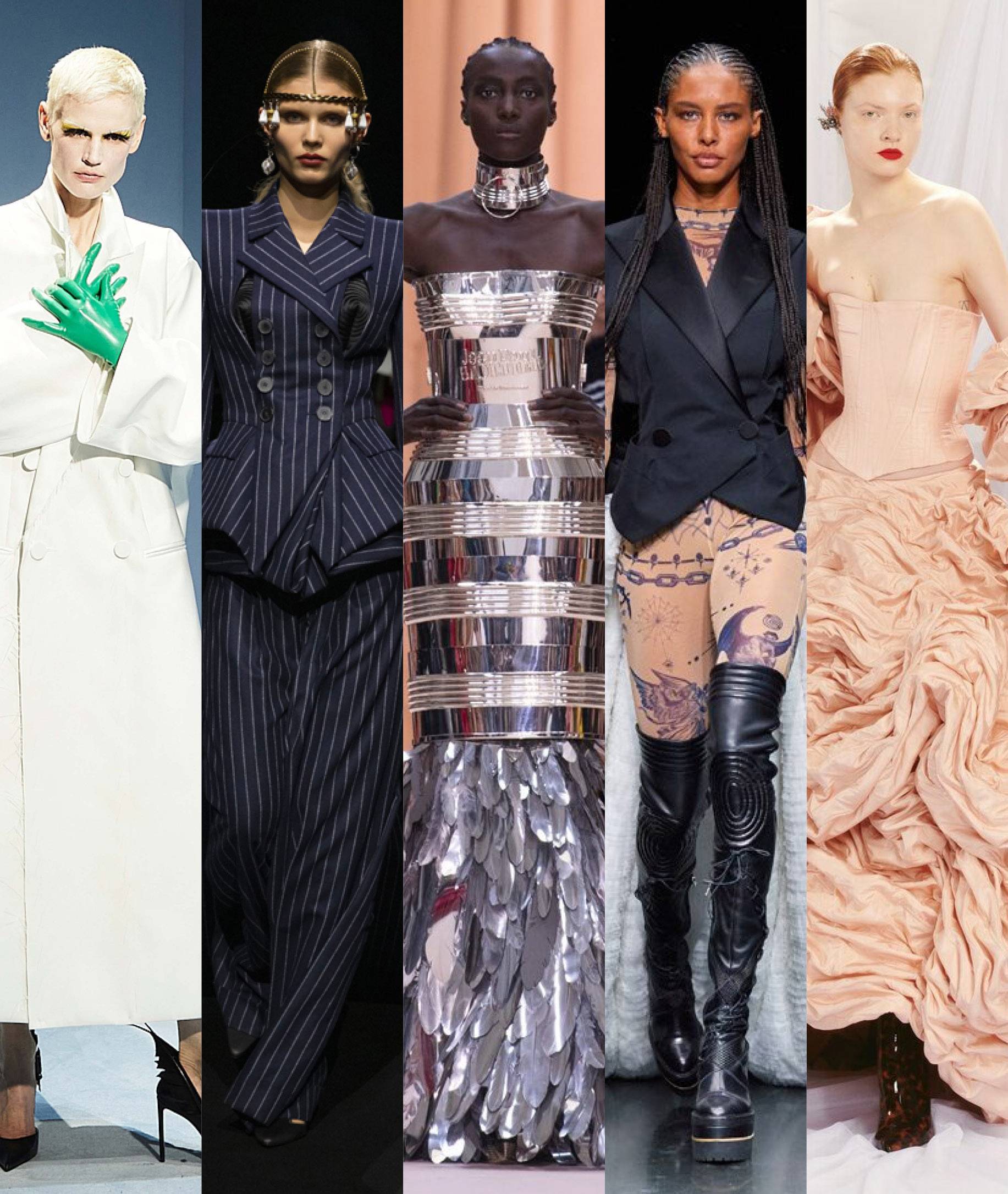Ashlynn Park, founder of label Ashlyn and LVMH Prize 2022 finalist
NUMÉRO : What is your first memory about fashion?
ASLYNN PARK : I vividly remember this day.. I was about five years old. There was a fashion show at a local college, and I was invited as a kid model. I wore a sapphire color glittery dress decorated with a big white bow collar. I proudly walked down the runway, and I looked around at all the people, and I loved it!
Why did you decide to become a fashion designer?
I grew up wanting to be an architect. Initially, I chose my first major in architecture at the college. During my first summer break, I took fashion illustration lessons and summited my designs to a fashion contest run by the Korea industrial minister, and I won. After that, I changed my major to fashion design.
Which designers (living or not) inspired you and why?
I’ve always aspired to be like my mentor Yohji Yamamoto who perfected both design and pattern making. He instilled me in a sense of pride and commitment to quality that would counter a world where overproduction and overconsumption in fashion have become the norm. Yohji taught me to question everything in my designs: what is the purpose of each detail? Do we really need that trim? I have also always been drawn to Charles James. I love his unconventional ideas of dressing during his time designing, and his thoughtful attention to detail.


After winning the Japanese Award in 2008 SO-EN, you worked for Yohji Yamamoto in Paris, how was this experience?
Working for Yohji instilled in me a great respect for the incredible artistry he put into his work; the attention to every detail, and the focus on perfecting the interior construction of the garment. I will continue to work in this way and share this technique with my team and future generations of designers.
After that, you move to NYC to work with Alexander Wang and then Raf Simons at Calvin Klein. What did you learn from them?
At Alexander Wang, I used my skills as a patternmaker and menswear designer to develope my expertise in women’s tailoring and eveningwear. Working under Raf Simons at Calvin Klein, I returned to a focus on menswear tailoring, specifically jackets and coats. Of course, Calvin Klein mastered the technique of minimalist design, and working for Raf Simmons during his tenure there helped me to push the boundaries of this traditional medium.
Eventually you launched your own brand. How did you know it was the right time to do it?
The first collection was created while I was working as a freelancer at another company. During the day I would work on the company’s collection, then at night, in my own home, I would focus on my own collection. I spent three years developing my core collection to achieve the perfect fit, which I finally presented in early 2021. I started designing the FW21 main collection during the pandemic, a time of serious pause, reflection and rebirth. I challenged myself to reevaluate my role as a designer: how could I change the fashion system to reduce its adverse impact on the environment? I committed myself and my company to make this change. I focused on eliminating waste in cutting and adjusting my production system; items are pre-ordered, never mass-produced.


You were born in Seoul where you studied fashion, before studying in Tokyo then Paris and New York. How do all these cultures shape your vision and influence you today for your brand?
I am forever grateful to have experienced such a wealth of culture in my design upbringing. It’s uniquely shaped who I am as a designer, and instilled values that I hope to pass on to future generations of designers. Throughout it all, I’ve always stayed true to my understating of Japanese conceptual design, which focuses on working on a project until near perfection.
Could you name 3 emblematic garments of Ashlynn and why are they representative of your brand?
Dillan Shirt Dress (FW21 in cotton + FW22 in silk): This zero-waste garment is draped and constructed from a single piece of fabric. It showcases ASHLYN’s commitment to the environment. The Met noticed the importance of the design and purchased the original version from FW21 to become a part of their permanent collection. Quinn Gown (FW21) / Payton Gown (SS22): With these gowns, I explored a new modern shape and silhouette. I added a hand drawing cutout line on the back of the Quinn Gown and moved it to the front bodice in Payton Gown. This has become of ASHLYN’s signature styles.


Could you tell me more about the Zero Waste project. Where did the idea come from? What is the concept ? How do you consider it as a long-term project?
I am continually asking myself about sustainability: who benefits from it and how it can be achieved? The fashion industry produces so much waste…I decided that I needed to address this problem head on, so I launched my Zero Waste capsule collection. These garments are constructed from a single piece fabric cut and produced with zero waste product. In addition to my Zero Waste garments, my entire business model was conceived to change consumer consciousness and behavior. I offer bespoke tailoring; a pre-order option allows me to responsibly create pieces that are produced only after an order has been received, and my garments are made from responsibly sourced, low-impact natural fibers such as linen, reiterative wool, and organic cotton.











